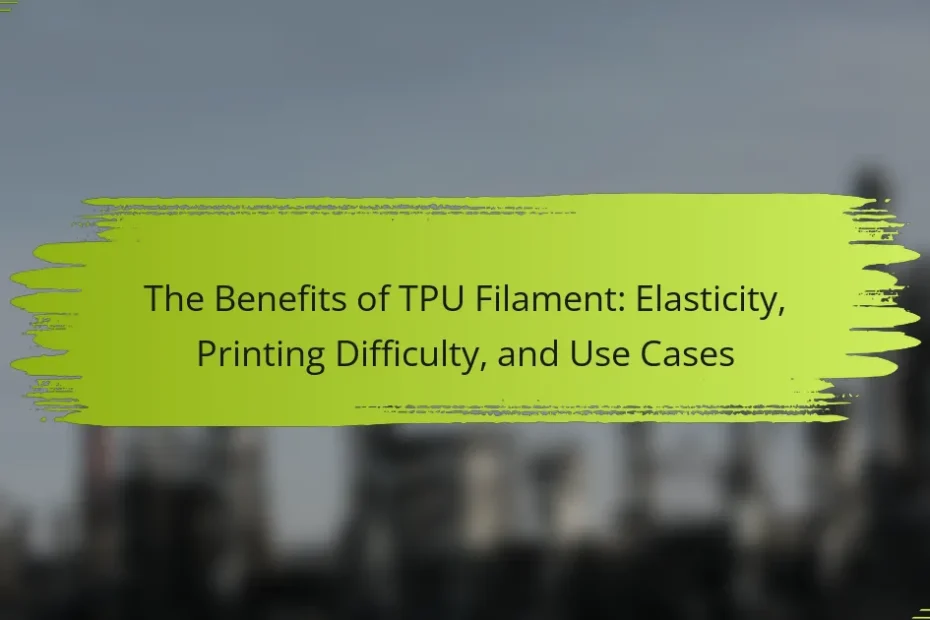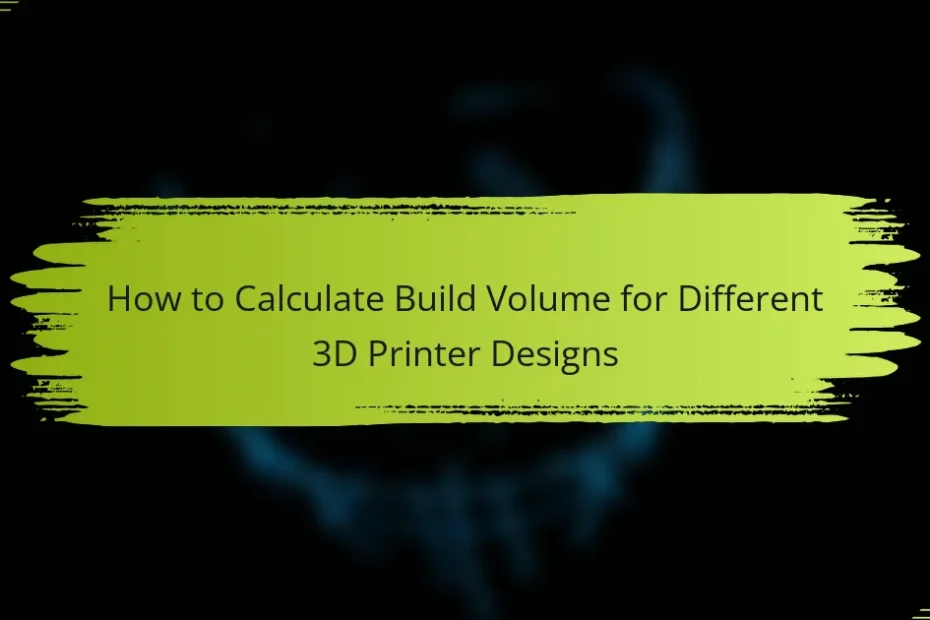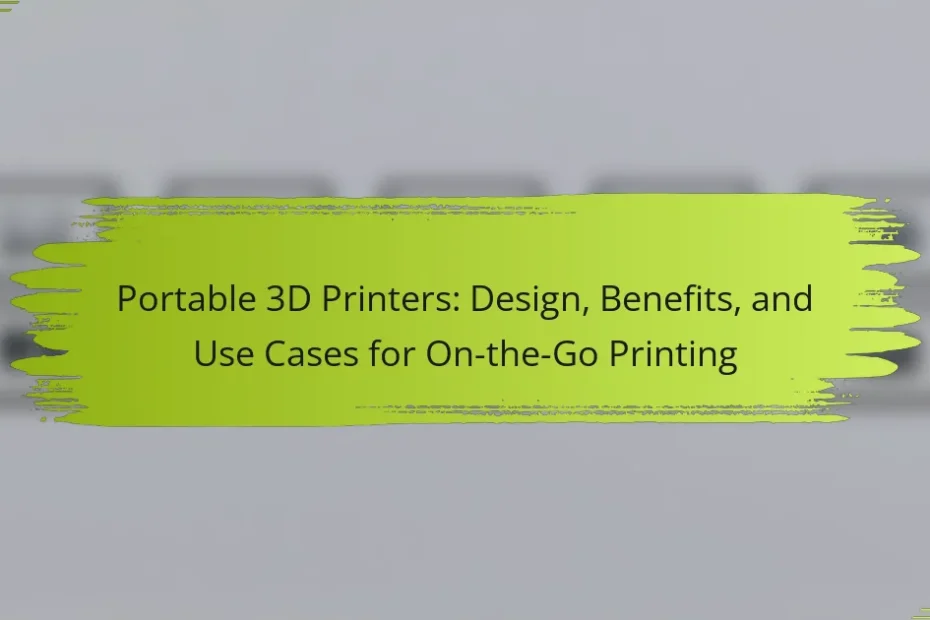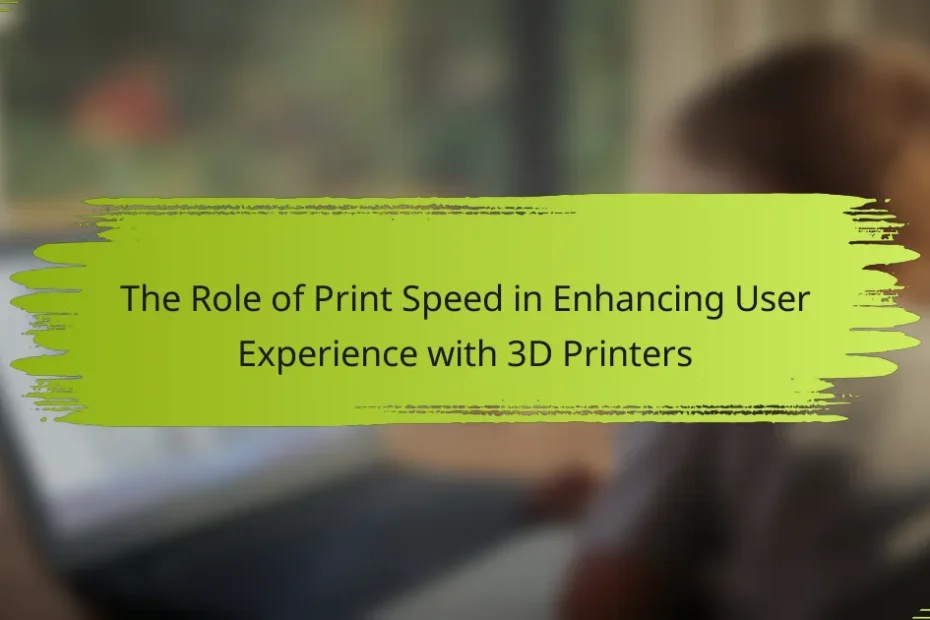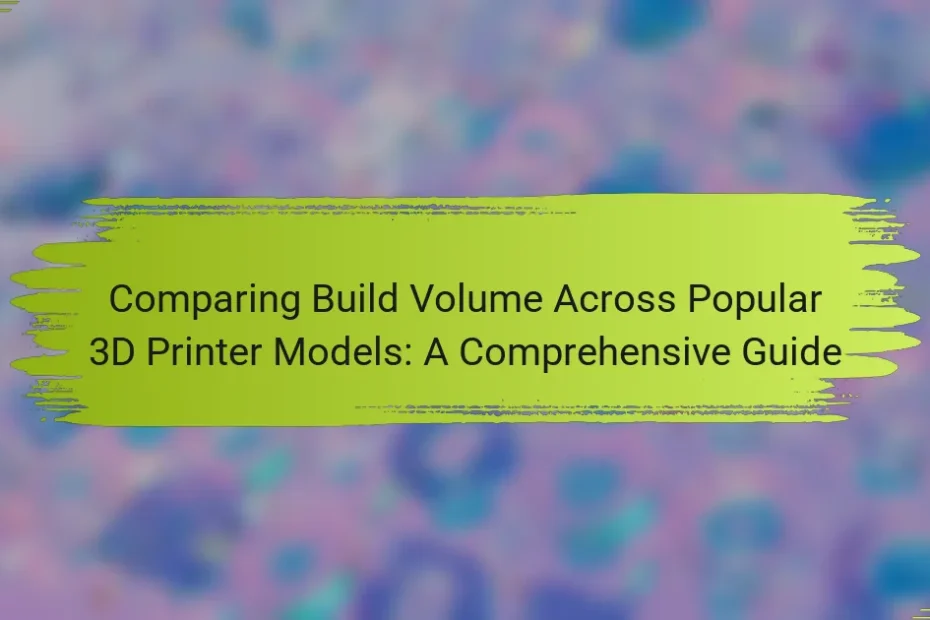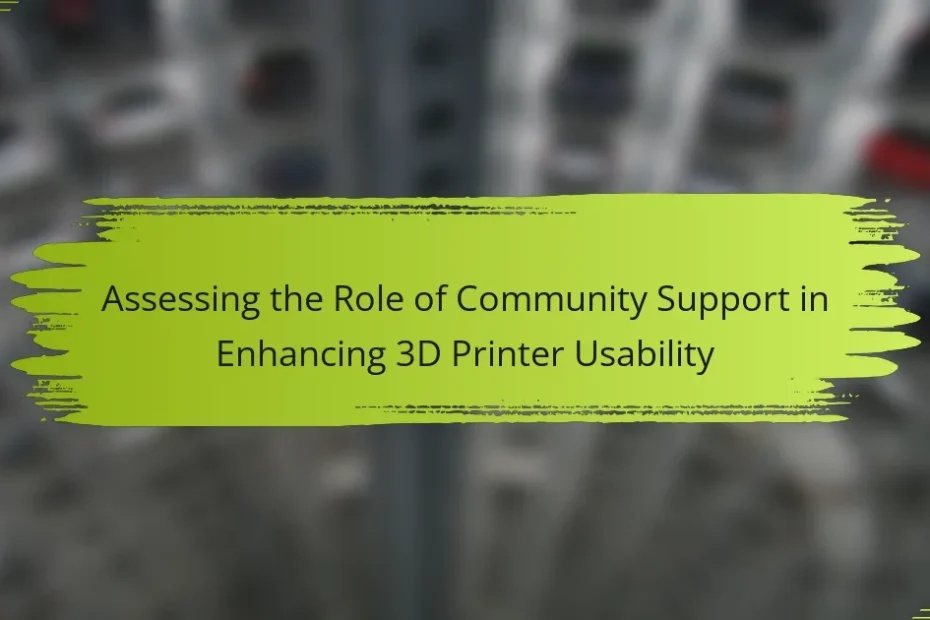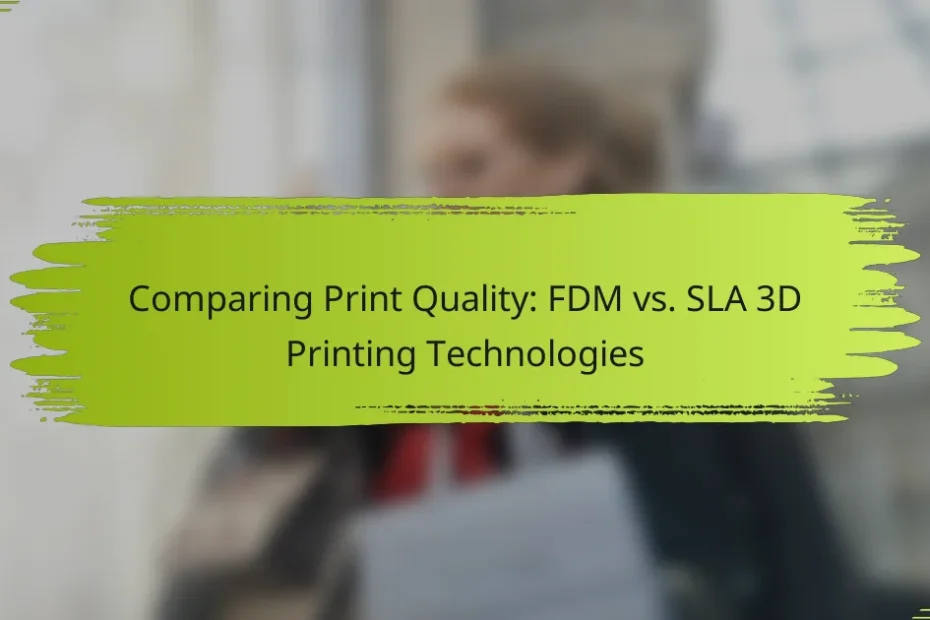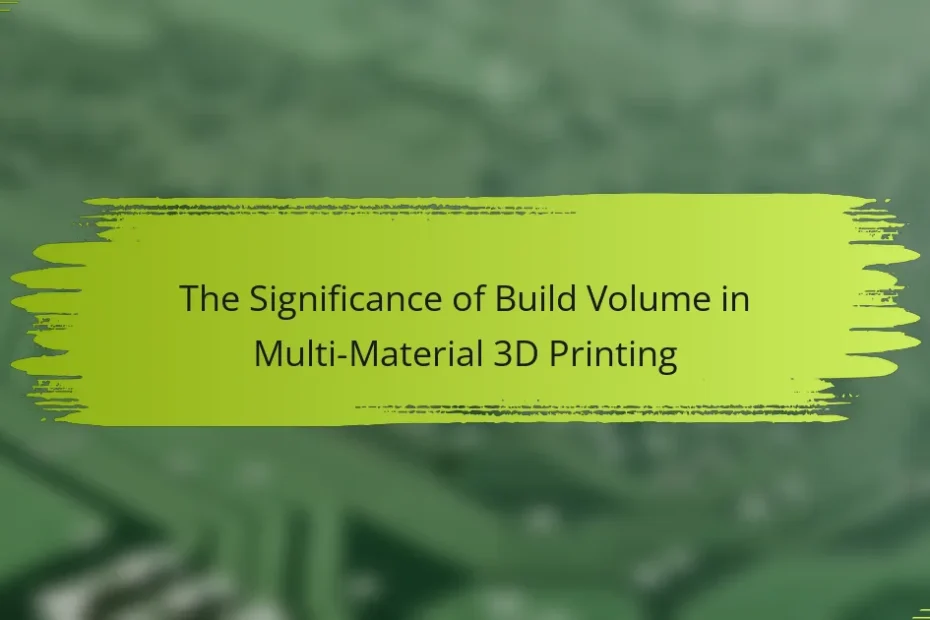The Benefits of TPU Filament: Elasticity, Printing Difficulty, and Use Cases
What is TPU Filament? TPU filament is a type of thermoplastic polyurethane used in 3D printing. It is known for its flexibility and durability. TPU filament can stretch and compress without losing its shape. It… The Benefits of TPU Filament: Elasticity, Printing Difficulty, and Use Cases
